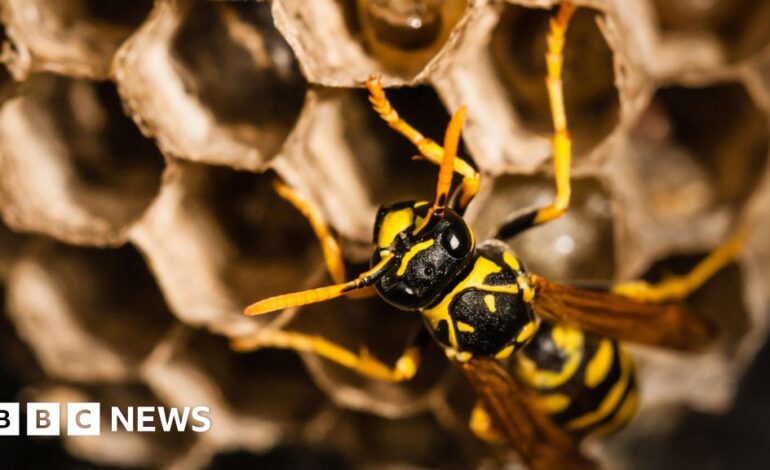
The Radioactive Wasp Nest: A Startling Discovery at an Old US Nuclear Weapons Site
The recent discovery of a radioactive wasp nest at an old US nuclear weapons site has raised both alarm and curiosity. This article explores the circumstances of this find, its historical context, and the potential health and environmental implications. Join us as we delve into how nature and nuclear history intertwined in an unexpected way.
The Astonishing Discovery
In a surprising turn of events, workers at the Hanford Site in Washington state recently uncovered a wasp nest with detectable levels of radioactivity. The site, once a part of the Manhattan Project, remains a complex clean-up challenge due to its historical role in nuclear weapons production. This distinct discovery has sparked new discussions on environmental safety.
Understanding the Hanford Site’s Legacy
Hanford’s history is deeply intertwined with nuclear development. Established during World War II, this site produced plutonium used in nuclear weapons, including the bomb dropped on Nagasaki. Decommissioned in the late 1980s, it is now one of the world’s largest environmental cleanup operations. This background explains the residual radioactivity found in unexpected places like the wasp nest.
Health and Environmental Implications
Radioactivity poses significant risks to both human health and the environment. Although the levels found in the nest might not be immediately harmful, they highlight the persistent challenges of contamination long after a site’s closure.
- Potential Health Effects: Prolonged exposure may increase cancer risks.
- Environmental Impact: Persistent radioactive contamination can harm local wildlife.
Safety Measures and Future Monitoring
Given this discovery, enhanced safety and monitoring protocols are crucial to prevent further unexpected finds. The Department of Energy continues to assess and mitigate risks through diligent testing and clean-up efforts. Understanding the potential pathways of contamination helps refine these strategies, ensuring a safer environment for future generations.
Conclusion
The radioactive wasp nest discovery underscores the enduring challenges posed by historical nuclear sites like Hanford. Addressing such concerns requires consistent monitoring and proactive safety measures to safeguard human and environmental health. As clean-up efforts continue, constant vigilance remains essential to tackling the complex legacy of nuclear development.





